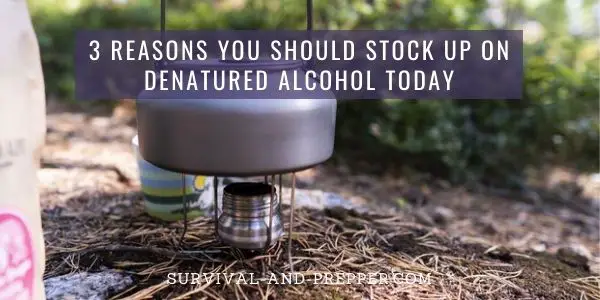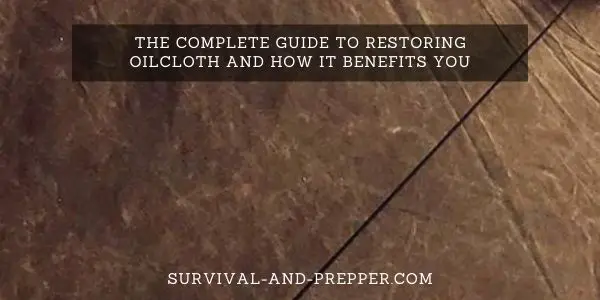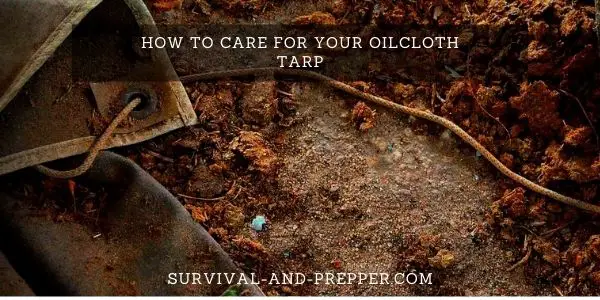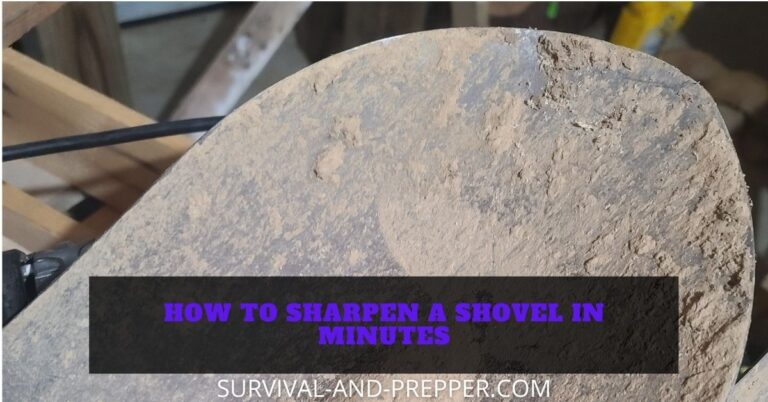3 Reasons You Should Stock up on Denatured Alcohol Today
When selecting items to store for an emergency, it is important to consider more than one primary use for the item. In some cases an item is necessary but can only be used for one purpose.
However, in most cases you can find multiple viable and even necessary uses for the items you choose to store.
With that in mind, let’s look into why you should have a stockpile of denatured alcohol in your stores.
Alcohol as an Emergency or Secondary Fuel Source
In every conceivable emergency you are going to need to eat, it is also possible depending on your environment that you are going to need a source of heat as well. This is one area in which you can put several types of alcohol to use, however, denatured alcohol in particular excels here.
As a fuel, alcohol may be used outdoors and indoors with adequate ventilation. In addition, most alcohols burn cleanly and produce very little if any smoke or light from a flame, allowing you to remain concealed if necessary.
With the benefits in mind it is important to note that not all alcohols are created equally. Some types of alcohol are somewhat more toxic and require ventilation after combustion. The following forms of alcohol are good candidates for use as fuels:
Isopropyl Alcohol
Also known as rubbing alcohol can be purchased in strengths of 70 to 99% concentration. High percentages of alcohol concentration burn better than low percentages. However even at 99% Isopropyl alcohol produces a yellow sooty flame and does not burn as well as some other forms of alcohol.
The main advantage of rubbing alcohol is up until recently it could be had for relatively cheaply. However, that has changed and it now tends to be slightly more expensive than some other varieties.
Isopropyl Alcohol is also the type, most often associated with first aid kits, though most people prefer to use iodine and hydrogen peroxide since they do not burn as much.
Ethanol Alcohol
Ethanol is probably the type of alcohol most people are familiar with. It is most often derived from fermentation of corn and it is often the primary component of many alcoholic beverages. This alcohol content is normally listed on beverages as “proof.”
To convert “proof” alcohol content you divide by 2. So a 50 proof whiskey is made up of 25% ethanol alcohol. In order to be used as a fuel you want to get that concentrated percentage as high as possible. This is where Everclear and culinary solvents come in.
These two alcohols are around 95 percent alcohol and make fantastic fuel. Ethanol at this concentration burns so cleanly that the flame is blue or nearly invisible and produces relatively little toxic fumes.
In a survival situation you could easily operate a stove or heater on these two alcohols or even make a buddy burner stove.
Further you could distill some of the lower proof alcohols to increase the percentage by volume. That is another article though.
Denatured Alcohol
Denatured Alcohol is essentially ethanol that has been rendered unsafe for drinking. This is done for multiple reasons to include increasing the strength for cleaning purposes, and changing how it is taxed.
Remember that denatured alcohol contains added chemicals such as methanol which are poisonous and should never be consumed. “Methanol was the impurity that caused many prohibitions to go blind when it was not safely removed from the moonshine.” Methanol can also cause paralysis and death.
Often Denatured Alcohol will be mixed at a rate of 2 parts ethanol to 1 part methanol.
However, even though you cannot drink denatured alcohol it serves many other uses.
Many manufacturers of alcohol stoves recommend denatured alcohol as the primary fuel. While it burns very similarly to pure ethanol, it is more widely available and not subject to the liquor taxes associated with everclear and similar products.
Denatured alcohol can be purchased online or from hardware stores under the paint section as well as in many camping stores and even part stores.
Alcohol as a Cleaner & Disinfectant
Alcohol by its very nature makes an excellent cleaner and disinfectant. While all types of alcohol can be used for this purpose to an extent this is what denatured alcohol was originally formatted for.
In its pure form denatured alcohol can cut through the toughest grease and oils in your kitchen or garage. It is capable of killing nearly every form of bacteria and viruses, yes even those pesky resistant ones.
Denatured alcohol is also heavily used to remove oils, and other contaminants when preparing to paint or stain wood products. It can also function as a paint remover lifting fingerprints and paints from most wooden surfaces with ease.
Glass is another great thing to clean with denatured alcohol. Most alcohols will begin to evaporate almost instantly when exposed to air. This means that when you clean the glass, instead of leaving behind streaks, the alcohol will evaporate leaving a streak free finish.
Molds and mildews forming in your bathrooms or along tile edges are another are that can be easily cleaned using denatured alcohol.
Keep in mind, despite being an excellent disinfectant for inanimate surfaces, do not use denatured alcohol to treat wounds as the methanol contained can leach through your skin and possibly cause poisoning. Always wear gloves when touching the liquid directly.
Alcohol as an Insecticide
Just as denatured alcohol is poisonous to human consumption, it can be used to kill insects and pests as well.
Simply apply it over an infested area with a spray bottle and allow it to dry. Any pests that the alcohol comes in contact with will likely receive a lethal dose, however any residue will evaporate almost immediately leaving your plants unharmed.
A Bonus Use for Denatured Alcohol
Denatured alcohol can be used to test the levels of Pectin in jams and jellies. Most often pectin is added by incorporating crab apples into your mix as they contain pectin. However, whether you are adding crab apples or another form of pectin, it is difficult to tell exactly when the levels are correct.
Using three teaspoons of denatured alcohol mixed with 1 teaspoon of your jelly juice will tell you if it the pectin levels are sufficient.
If the pectin percentage is too low small blobs will form in the liquid. Add more pectin in this case, the closer to a uniformed gel the less you need to add.
If there is enough pectin in the mixture then it will form into a fairly uniformed stick gel, this indicates the balance is correct.
IMPORTANT – Keep in mind though, denatured alcohol is toxic and should not be consumed. This is only to test the pectin level and the tested sample should be discarded.
Conclusion
As you can see there are several very valid reasons why it is worth storing denatured alcohol if you can get your hands on some, one of the things that I failed to mention earlier in the article, and a very key point for preppers; is how long does denatured alcohol last.
Denatured alcohol and most other alcohols do not lose their potency if stored properly. If stored in an airtight container that prevents evaporation denatured alcohol can last well over 100 years or more, for instance according to the Guinness Book of World Records the oldest surviving bottle believed to be consumable is the Bakers Pure Rye Whiskey bottled in 1847.
So with that knowledge you can rest assured when you need your denatured alcohol it will be there waiting.






